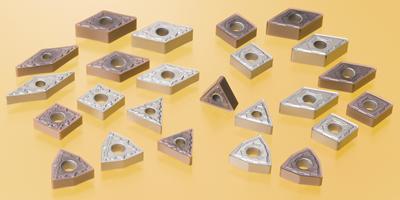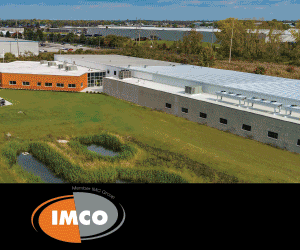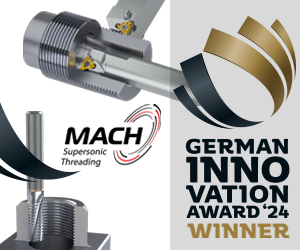Contact Details

Sumitomo Electric Carbide Inc. has expanded its lineup to include EEG and EEF Chipbreakers for exotics and stainless steel alloys.
Designed for roughing applications, the EEG Chipbreaker features ball-shaped projection breakers for enhanced chip control. A two-step cutting edge at the front of this general-purpose breaker reduces crater wear and produces a superior surface finish when machining exotics and stainless steel alloys. The EEG performs with high wear resistance and chip control, reducing lead-time and increasing productivity.
The EEF Chipbreaker has been developed and thoroughly tested for high chip control during finishing operations. A unique slot on the rake face reduces heat generation and extends tool life, while a 20°Cutting edge reduces wear.
Related Glossary Terms
- alloys
alloys
Substances having metallic properties and being composed of two or more chemical elements of which at least one is a metal.
- chipbreaker
chipbreaker
Groove or other tool geometry that breaks chips into small fragments as they come off the workpiece. Designed to prevent chips from becoming so long that they are difficult to control, catch in turning parts and cause safety problems.
- rake
rake
Angle of inclination between the face of the cutting tool and the workpiece. If the face of the tool lies in a plane through the axis of the workpiece, the tool is said to have a neutral, or zero, rake. If the inclination of the tool face makes the cutting edge more acute than when the rake angle is zero, the rake is positive. If the inclination of the tool face makes the cutting edge less acute or more blunt than when the rake angle is zero, the rake is negative.
- wear resistance
wear resistance
Ability of the tool to withstand stresses that cause it to wear during cutting; an attribute linked to alloy composition, base material, thermal conditions, type of tooling and operation and other variables.

 PRODUCTS
PRODUCTS


